Introduction
White boiled shrimp, a dish celebrated for its simplicity and delicate flavor, is a staple in coastal cuisines worldwide. Whether you’re hosting a seafood feast, preparing a light appetizer, or craving a protein-packed meal, mastering the technique of boiling shrimp to perfection is an essential culinary skill. This guide will walk you through every step, from selecting the freshest shrimp to serving them with gourmet flair. By the end, you’ll understand why this seemingly basic method yields results that rival even the fanciest restaurant presentations.
Chapter 1: Selecting the Right Shrimp
The foundation of exceptional white boiled shrimp begins at the grocery store or fish market. Freshness is non-negotiable. Look for shrimp with translucent flesh, firm texture, and a mild oceanic scent—avoid any with black spots, discoloration, or a strong “fishy” odor.
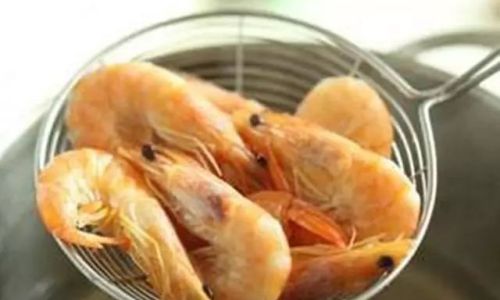
Size Matters: Shrimp are labeled by count per pound (e.g., 21/25 means 21-25 shrimp per pound). Larger shrimp (16/20 or U/15) are ideal for main dishes, while smaller ones (51/60) work well in salads or appetizers.
Frozen vs. Fresh: Most “fresh” shrimp in markets are previously frozen. Opt for individually quick-frozen (IQF) shrimp for better quality control. Thaw them slowly in the refrigerator overnight before cooking.
Wild-Caught vs. Farm-Raised: Wild shrimp often have a brinier taste, while farm-raised varieties may be milder. Choose based on flavor preference and sustainability certifications (look for MSC or ASC labels).
Chapter 2: Prepping Shrimp Like a Pro
Proper preparation ensures even cooking and a pristine presentation.
Deveining:
While the dark vein (intestinal tract) is harmless, removing it improves aesthetics. Use a sharp paring knife to make a shallow slit along the back and pull out the vein with the knife tip or your fingers.
Peeling or Leaving Shells On?
- Shell-On: Retains moisture and flavor during cooking. Guests can peel their own for a hands-on experience.
- Shell-Off (Peeled): More convenient for eating but requires careful cooking to avoid dryness.
- Butterflying: For stuffed shrimp recipes, partially peel and slice the back to create a “butterfly” shape.
Rinsing:
Rinse shrimp under cold water to remove ice glaze (if frozen) or debris. Pat dry with paper towels to prevent splattering during cooking.
Chapter 3: The Boiling Process Unveiled
Boiling shrimp is a quick method, but precision is key to avoiding rubbery textures.
Water-to-Shrimp Ratio:
Use a large pot with at least 4 quarts of water per pound of shrimp. This ensures rapid boiling and even cooking.
Seasoning the Water:
Enhance flavor without overpowering the shrimp’s natural sweetness:
- Salt: 1 tablespoon of kosher salt per quart of water.
- Aromatics: Add lemon wedges, bay leaves, peppercorns, or fresh herbs (parsley, dill) for subtle complexity.
- Avoid Over-Spicing: Strong spices like garlic or chili can dominate the delicate taste.
Bringing Water to a Boil:
Cover the pot and bring water to a rolling boil over high heat. This ensures the shrimp cook quickly, preserving their tenderness.
Cooking Time:
- Shell-On Shrimp: 2–3 minutes (medium), 3–4 minutes (large).
- Shell-Off Shrimp: 1–2 minutes (medium), 2–3 minutes (large).
Pro Tip: Cook a test shrimp first. When the flesh turns opaque and curls into a loose “C” shape, it’s done. Overcooked shrimp form a tight “O” and become tough.
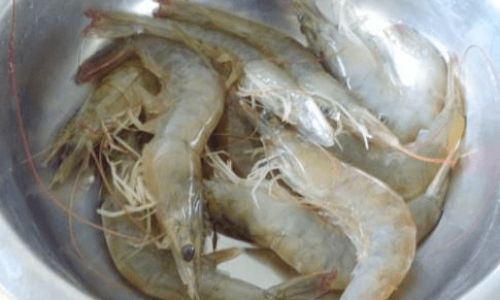
Ice Bath Shock:
Immediately transfer cooked shrimp to an ice water bath. This halts cooking, locks in juiciness, and makes peeling easier (if shells are left on).
Chapter 4: Serving Suggestions and Pairings
White boiled shrimp’s versatility shines in various culinary contexts.
Classic Cocktail Presentation:
Arrange chilled shrimp on a platter with lemon wedges and a bowl of cocktail sauce (ketchup, horseradish, Worcestershire, lemon juice). Garnish with parsley.
Warm Shrimp Salad:
Toss cooked shrimp with arugula, cherry tomatoes, avocado, and a lemon-olive oil dressing. Sprinkle with feta or toasted pine nuts.
Shrimp Scampi Upgrade:
Sauté garlic in butter, add shrimp, and finish with white wine, parsley, and red pepper flakes. Serve over linguine.
Asian-Inspired Twist:
Dip boiled shrimp in a sauce of soy sauce, rice vinegar, sesame oil, and grated ginger. Serve with steamed dumplings.
Tacos al Carbon:
Wrap shrimp in corn tortillas with cabbage slaw, cilantro, and a drizzle of chipotle crema.
Chapter 5: Troubleshooting Common Mistakes
Even seasoned cooks stumble. Here’s how to fix issues:
Rubbery Texture:
Overcooking is the culprit. Use a timer and watch for the “C” shape.
Shrimp Taste Bland:
Boost seasoning in the cooking water or serve with flavorful sauces.
Peeling Difficulties:
Cook shells slightly longer to loosen them, or use kitchen shears to cut the shell before boiling.
Grayish Color:
Avoid acidic ingredients (like lemon) in the cooking water, as they can cause discoloration. Add citrus post-cooking instead.
Fishy Aftertaste:
Soak shrimp in cold milk for 20 minutes before cooking to neutralize odors. Rinse thoroughly afterward.
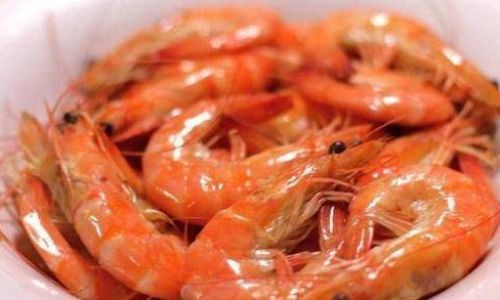
Chapter 6: Storage and Leftovers
Proper storage extends the life of your shrimp:
Refrigeration:
Store cooked shrimp in an airtight container for up to 3 days. Place a damp paper towel on top to prevent dryness.
Freezing:
Lay shrimp in a single layer on a baking sheet, freeze until solid, then transfer to a freezer bag. Use within 2 months.
Reheating:
Avoid microwaving, which turns shrimp rubbery. Thaw in the refrigerator and serve chilled, or gently rewarm in a skillet with butter.
Creative Leftovers:
- Chop into shrimp salad.
- Add to fried rice or pasta.
- Make shrimp cakes by mixing with breadcrumbs, mayo, and Old Bay seasoning.
Chapter 7: Advanced Techniques for Enthusiasts
Elevate your shrimp game with these pro tips:
Dual-Cooking Method:
For extra-plump shrimp, poach them in court-bouillon (aromatic broth) after boiling.
Smoked Shrimp:
Add liquid smoke or wood chips to the boiling water for a subtle campfire aroma.
Ceviche Preparation:
Use barely-cooked shrimp (slightly underdone) for ceviche. The residual heat will “cook” them further in citrus juice.
Shrimp Stock:
Save shells from peeling to make a quick stock. Simmer with veggies, herbs, and water for 30 minutes. Freeze for future soups or risottos.
Conclusion
White boiled shrimp is a testament to the beauty of minimalist cooking. By focusing on quality ingredients, precise timing, and thoughtful seasoning, you can transform a simple protein into a culinary masterpiece. Whether you’re a novice cook or a seasoned chef, this technique deserves a place in your recipe arsenal. So next time you’re at the seafood counter, grab a pound of shrimp, fill your pot with salted water, and let the magic unfold. Your taste buds—and your dinner guests—will thank you.
Final Tip: Experiment with global flavors. A squeeze of lime, a sprinkle of smoked paprika, or a dip in Thai sweet chili sauce can turn basic boiled shrimp into an international adventure. Bon appétit!

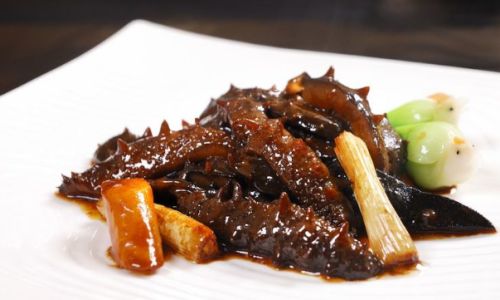
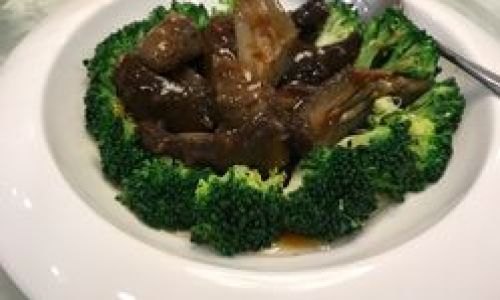
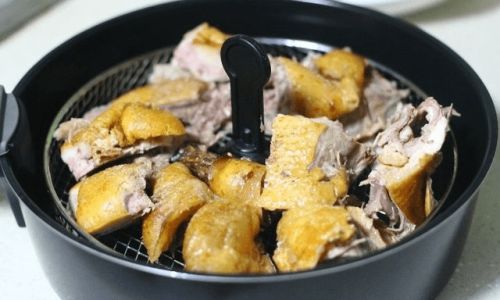
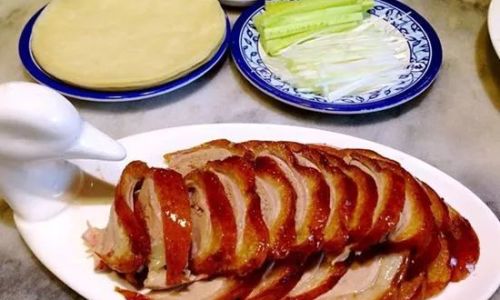
0 comments